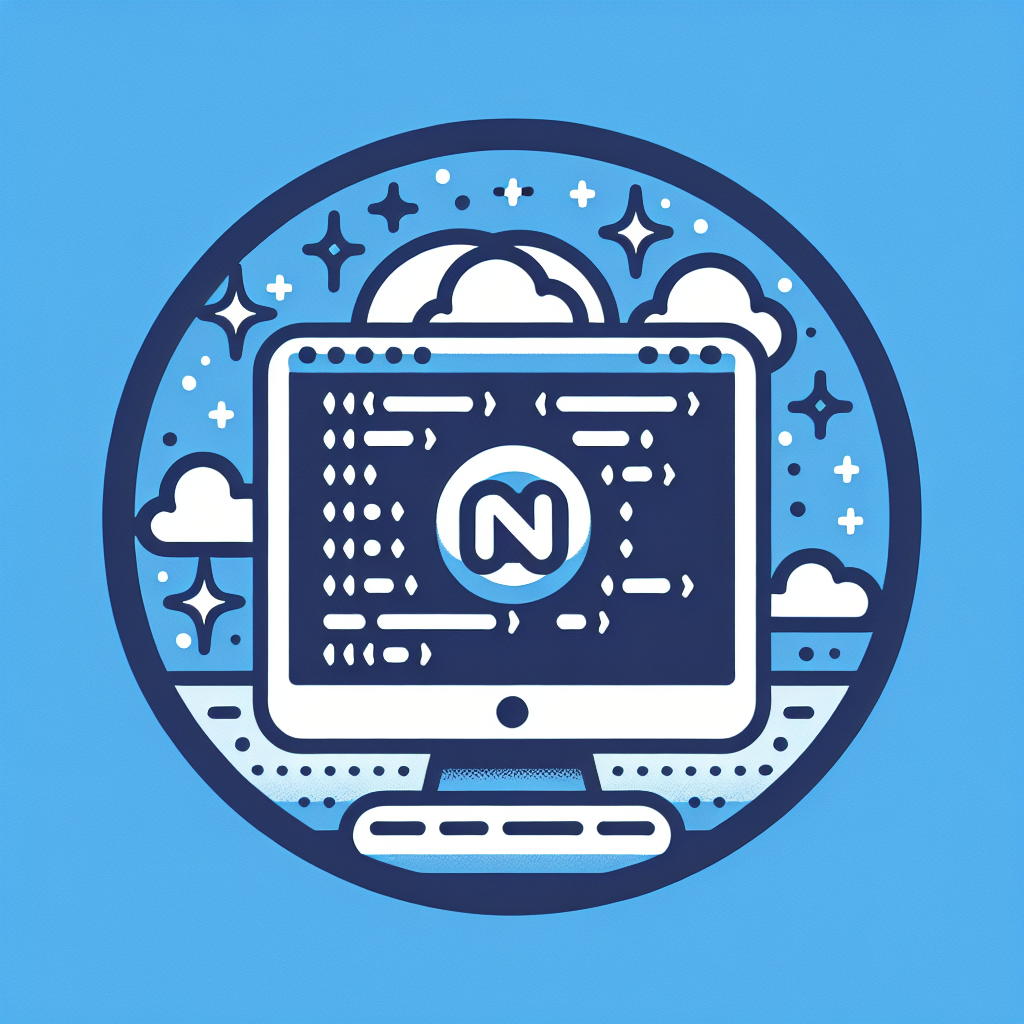Ngrok is a powerful tool that allows developers to create secure tunnels to their localhost. This is especially useful for testing webhooks, APIs, and other web services in a local development environment. Using ngrok on a Windows system involves a few straightforward steps. In this guide, we’ll delve into the process, from downloading and installing ngrok to configuring and running it.
Overview of ngrok
Ngrok provides a secure tunneling service that can expose local servers to the public internet through a selected port. This is incredibly useful for developers working on projects that require external access to their local development environment.
| Feature | Description |
|---|---|
| Secure Tunnels | Creates HTTPS tunnels to locally hosted applications. |
| Traffic Inspection | Allows real-time inspection of traffic for debugging purposes. |
| Custom Subdomains | Allows the use of custom subdomains for easier access. |
| Authtokens | Provides user authentication for added security. |
Step-by-Step Guide to Using ngrok in Windows
Step 1: Download ngrok
First, download ngrok from the official website. Visit ngrok download page and select the Windows version.
Step 2: Unzip the Downloaded File
Once downloaded, unzip the file to a directory of your choice on your computer. This will extract the ngrok executable, which you can place in a convenient location, such as your user profile directory.
Step 3: Add ngrok to Your System PATH
To make ngrok easily accessible from the command line, add it to your system’s PATH environment variable. Follow these steps:
- Right-click on ‘This PC’ or ‘Computer’ on your desktop and select ‘Properties.’
- Click ‘Advanced system settings.’
- Go to the ‘Advanced’ tab and select ‘Environment Variables.’
- In the System variables section, find and click on ‘Path,’ then hit ‘Edit.’
- Add the path to the directory where ngrok.exe is located.
Step 4: Set Up ngrok Authtoken
To unlock additional features, you will need to set up your ngrok authtoken. First, sign up for an ngrok account at ngrok signup page. After signing up, log in to your dashboard, where you’ll find your authtoken.
Once you have your authtoken, you can set it up by running the following command:
ngrok authtoken YOUR_AUTHTOKEN
Step 5: Start Using ngrok
With ngrok installed and set up, you’re ready to create secure tunnels. The basic command to start ngrok is:
ngrok http YOUR_LOCAL_PORT
Replace ‘YOUR_LOCAL_PORT’ with the port number on which your local web server is running. For example, if your local server is running on port 8080, the command would be:
ngrok http 8080
Advanced Configuration
Ngrok also supports a range of advanced configurations, including custom domains, IP restrictions, and more. To explore these options, consult the official ngrok documentation.
Running ngrok on Multiple Ports
If you need to expose multiple local services, you can run ngrok on separate terminal instances:
ngrok http 3000ngrok http 4000
Custom Subdomains
For easier access, use custom subdomains by running:
ngrok http -subdomain=myapp 8080
IP Whitelisting
Enhance security by restricting access to specific IP addresses:
ngrok http --allow-from IP_ADDRESS 8080
Troubleshooting Common Issues
While using ngrok is generally straightforward, you might encounter some common issues. Here are solutions to a few:
Firewall Restrictions
If your organization uses firewalls, ensure that they allow inbound and outbound traffic for the ports used by ngrok.
Port Conflicts
Make sure the local port you are trying to expose with ngrok is not already in use by another application.
Authentication Failures
Double-check your authtoken setup and ensure it is correctly applied by running:
ngrok authtoken YOUR_AUTHTOKEN
Conclusion
Ngrok is a versatile tool that simplifies the process of exposing local development environments to the internet. Whether you’re testing webhooks, showcasing applications to clients, or debugging remotely, ngrok provides a secure, efficient, and user-friendly solution. By following the steps outlined in this guide, you can easily set up and use ngrok on your Windows system, leveraging its powerful features to enhance your development workflow.

